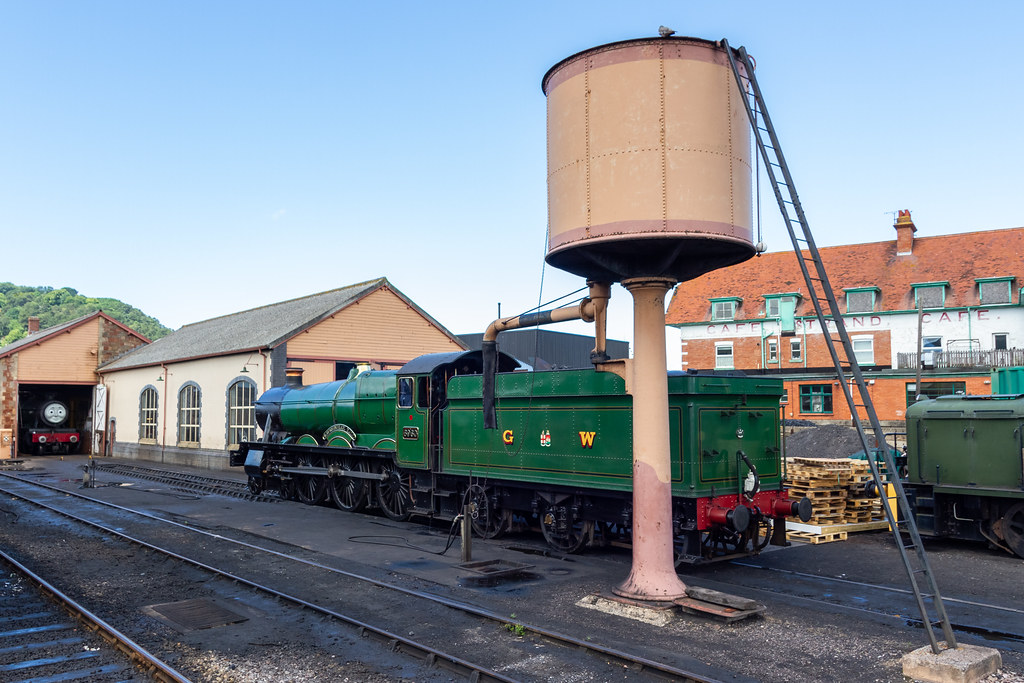
The Amarillo Railroad Museum, located in Amarillo, Texas, was founded in 1986 with the mission of preserving and promoting the rich railroad heritage of the Texas Panhandle [1]. As a non-profit organization, the museum has grown steadily over the decades, becoming a hub for rail enthusiasts and historians alike. Its establishment was driven by a group of dedicated volunteers who recognized the importance of railroads in shaping the region’s economic and cultural landscape.
The museum is housed in a facility that includes both indoor and outdoor exhibits. Among its most notable features is a collection of over 25 pieces of rolling stock, including locomotives and various types of railcars [1]. These artifacts represent different eras of railroading and provide visitors with a tangible connection to the past. The museum also includes a recreated turn-of-the-century train depot, a model railroad room, and a gift shop, offering a comprehensive experience for guests of all ages.
One of the museum’s most ambitious projects is its large-scale model of the Santa Fe Railroad, which once ran through the Texas Panhandle. This model, still under development, is based on actual maps and track charts from the 1950s to 1970s, capturing the transition from steam to diesel locomotives [2]. The layout spans two levels and approximately 200 miles of track, showcasing towns and industries that were once vital to the region’s rail network. It serves both as an educational tool and a tribute to the engineering and design of historical rail systems.
The museum also emphasizes community engagement and education. It hosts open houses, guided tours, and special events such as lectures, concerts, and outdoor movie screenings [1]. These programs aim to inspire interest in railroading among younger generations while deepening public appreciation for the role of trains in American history. The museum’s volunteers play a crucial role in maintaining exhibits and sharing their knowledge with visitors.
Today, the Amarillo Railroad Museum continues to evolve, driven by its mission to preserve the legacy of railroads in the Texas Panhandle [3]. Through its growing collection, detailed model displays, and community outreach, the museum offers a unique window into a transformative era of transportation. It stands as a testament to the enduring impact of railroads on Amarillo and the surrounding region.
References